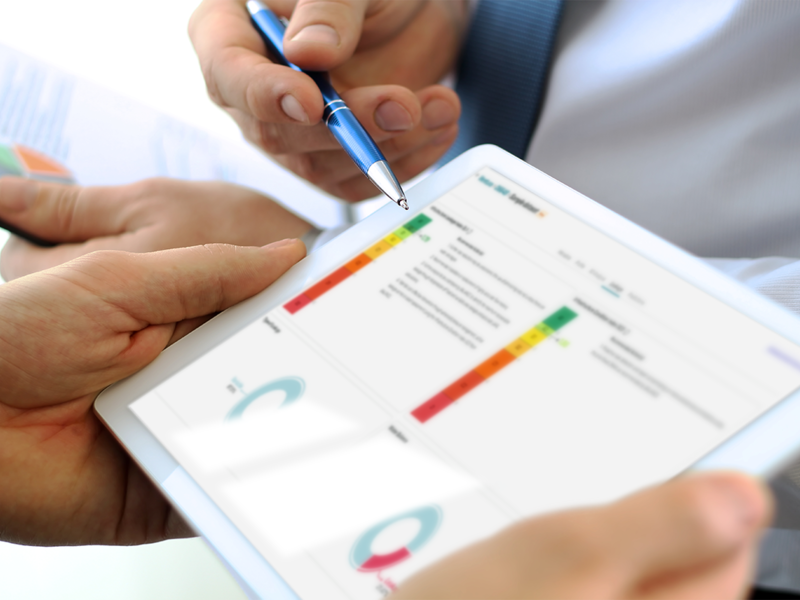GWF helps Microsoft save millions of liters of water
Lucerne/Redmond/Davos - GWF and Microsoft have announced a partnership at the World Economic Forum in Davos. Microsoft plans to implement GWF Balance to save millions of liters of water in its data centers. This technology employs Artificial Intelligence and advanced data analytics to identify leakages.
Microsoft plans to use GWF Balance technology from GWF based in the Swiss city of Lucerne to unlock millions of liters of water savings. According to a press release, the two companies announced their collaboration at the World Economic Forum in Davos.
The GWF Balance solution developed by GWF leverages artificial intelligence to precisely «assess leakage conditions» and determine «optimal zone pressure» thereby reducing «pressure-related leakage by approximately 35 percent». The solution also decreases the amount of energy used, costs and carbon emissions. The partnership has been supported strategically by the startup adviser Noverram and scientifically by LimnoTech.
GWF Balance «combines a cutting-edge data platform with high-quality sensor technologies and a rich field experience». This technology offers a cost-effective approach, as it can be implemented without replacing water pipes or installing other capital-intensive equipment. According to the manufacturer, it is already being employed in South Africa, Europe, the UK and the USA.
«We are excited to partner with GWF to leverage AI to minimize water loss and increase water availability in water stressed regions,» commented Eliza Roberts, Water Lead at Microsoft. GWF CEO Florian Strasser added: «The collaboration with Microsoft is a great opportunity to scale our GWF BALANCE solution globally to positively impact water resiliency. We look forward to working with utilities.»
In December 2024, Microsoft had announced that it would pilot a new data center design that consumes zero water for cooling in the USA and Germany from 2026: «While water is still used for administrative purposes like restrooms and kitchens, this design will avoid the need for more than 125 million liters of water per year per datacenter.»

